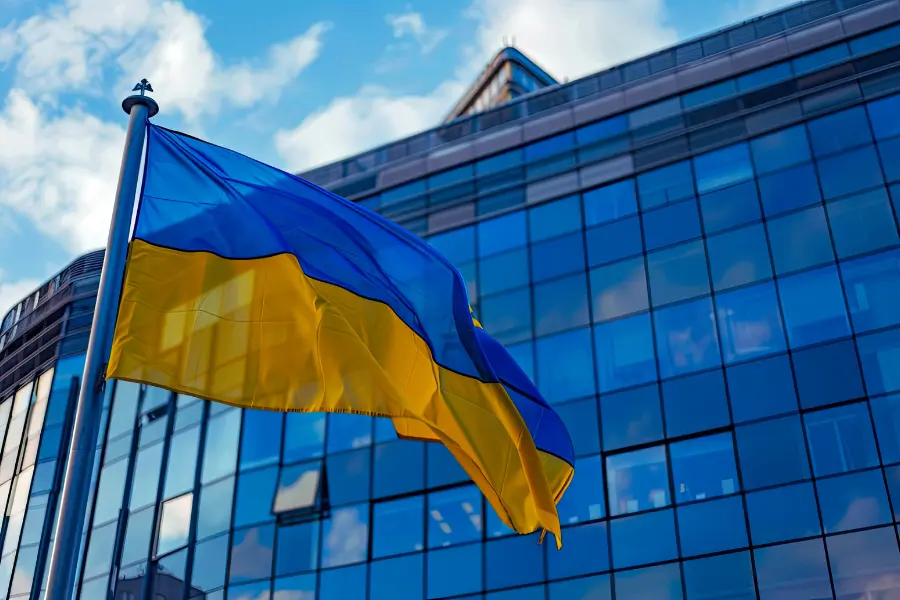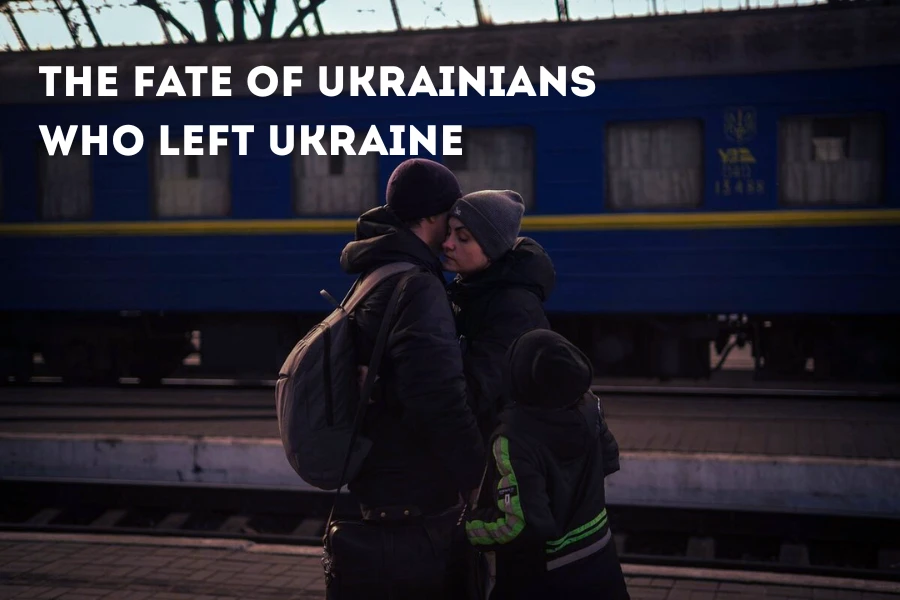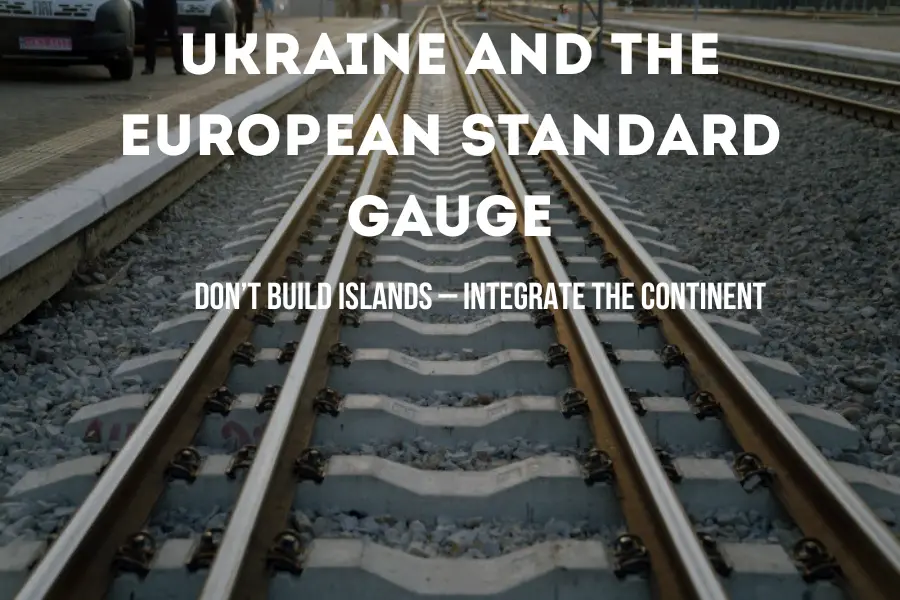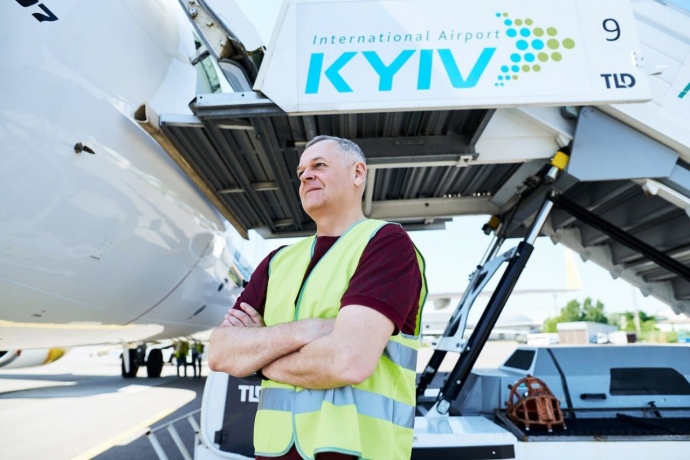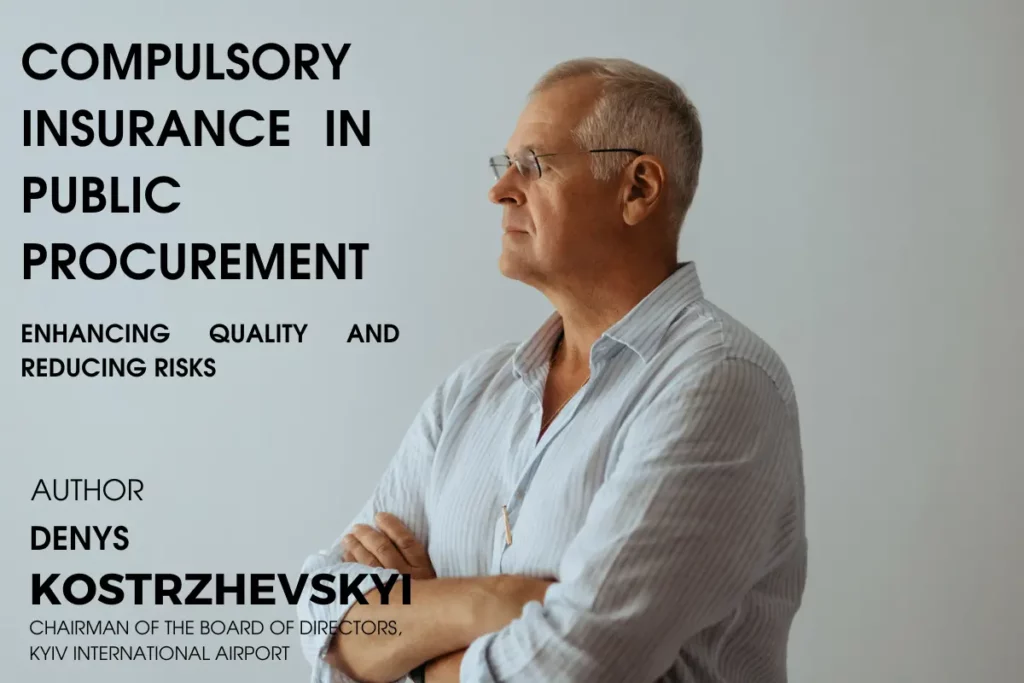Survive to Return: How Ukrainian Businesses Fled from Missiles—but Not from Ukraine
When Survival Became a Form of Resistance
The beginning of the full-scale war became a test of endurance for Ukrainian business. In the first days of the invasion, panic, shelling, and logistical collapse paralyzed normal operations. Company owners had to protect their people while continuing to work—paying salaries and taxes, keeping the economic front alive. Decisions to evacuate were not acts of escape but strategies of survival and preservation of national potential. Entrepreneurs understood: they were not fleeing responsibility, but death—saving their teams and resources to keep fighting on the economic front.
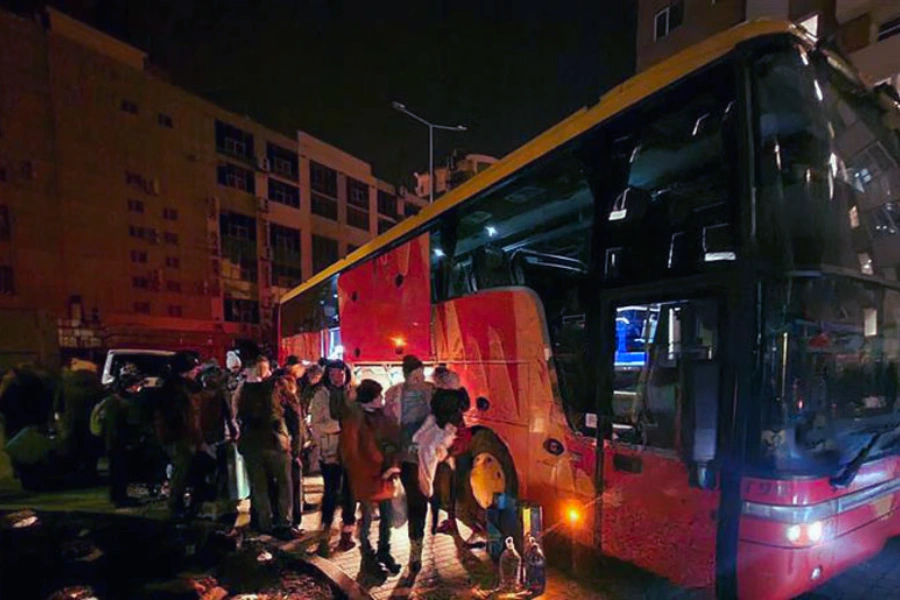
Despite shock and danger, many companies demonstrated strategic resilience from the very first weeks. They planned relocation as a bridgehead for future return. Psychologically, it was devastating: entrepreneurs were leaving behind their homes and production sites not to abandon them, but to survive—and return later. Thus, the very act of survival became a form of struggle for Ukraine. Every saved life and preserved production capability meant the company could still serve the country tomorrow.
The Map of Movement: Where Ukrainian Enterprises “Fled”
In the first months of the war, a unique relocation map emerged. The main direction—toward the safer western regions of Ukraine. According to available data, within two months more than 1,100 companies began evacuation, and over 400 of them fully or partially moved their operations to the rear. The most popular refuge regions were Zakarpattia (Transcarpathia)—which hosted about 40% of relocated firms—followed by Lviv, Chernivtsi, and Ternopil, areas relatively distant from shelling.
IT businesses rapidly set up temporary offices in Lviv and Zakarpattia, moving employees with laptops into coworking spaces and shelters. Manufacturing firms transported workshops and machinery to towns in the Carpathian and Podillia regions such as Ternopil or Khmelnytskyi. Logistics operators rebuilt their supply chains and even opened warehouses in neighboring countries (Poland, Romania) to secure the flow of raw materials and goods.
During the war, the term “Ukrainian business abroad” appeared—referring to temporarily relocated offices or warehouses that still worked for Ukraine’s economy and dreamed of coming home.
Behind every relocation statistic stood a human story. For example, Aton Service, an industrial equipment manufacturer from Brovary near Kyiv, survived shelling that damaged its plant and left some employees in occupied territory. The management decided to move production to Zakarpattia, where workers’ families had already evacuated. The main goal was to save the team and the equipment. Within weeks, the company resumed operations at the new site, having re-registered locally.
There were hundreds of such stories: entrepreneurs leaving behind everything except their business ideas and teams of like-minded people—continuing their mission “with suitcases in hand” in unfamiliar towns.
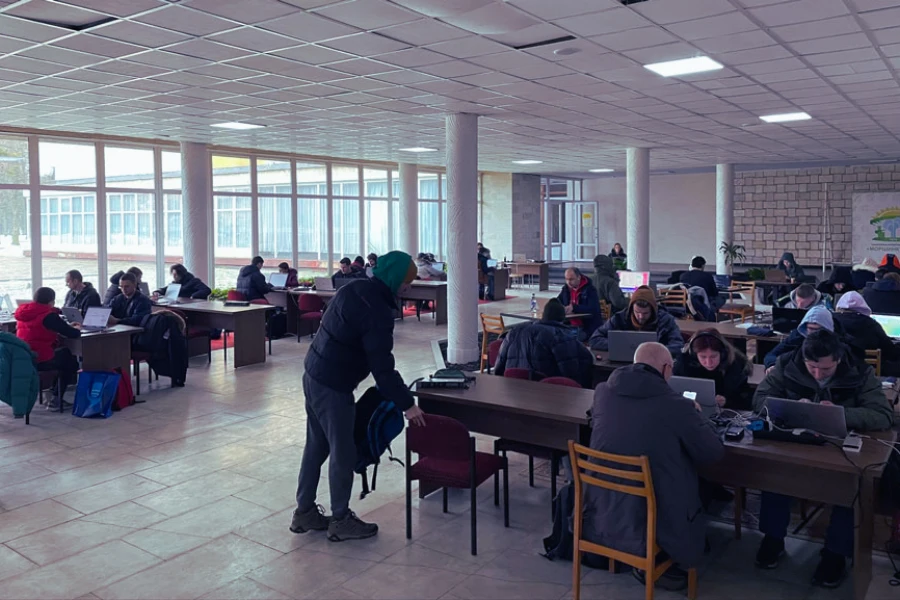
Gradually, the chaotic movement of business became organized. By May 2022, most relocated enterprises had restarted production. By mid-July, the government reported 678 companies moved to safe regions, 68% of which had resumed operations. That meant hundreds of saved jobs and continued tax revenues even in wartime. Ukrainian business—though fleeing missiles—kept working, preventing the economy from grinding to a halt.
From “Escape” to System: How the State Supported Relocation
The mass evacuation of enterprises in 2022 happened not chaotically but with active support from the state, volunteers, and international partners. In March 2022, the government launched a business relocation program, providing free assistance with transporting equipment, finding premises, connecting utilities, and housing employees.
Prime Minister Denys Shmyhal stated in July 2022 that the state was helping businesses not only with physical relocation but also by swiftly resolving bureaucratic and organizational issues—offering, in many cases, virtually free rent for production facilities in new locations. Evacuation thus turned into a well-coordinated logistical operation: from loading machines onto trains or trucks to re-registering the company in a rear region and reconnecting it to the power grid.
The joint effort of business, volunteers, and government created a comprehensive support system. Local communities and donors also joined in: with USAID’s support, a catalog of available relocation sites was created—municipalities used online platforms to offer surviving industrial spaces, warehouses, and offices for displaced enterprises.
Authorities in western Ukraine declared a kind of “industrial visa-free regime”: granting preferential rent, assisting with utility connections, and helping find new sales markets for relocated firms. Volunteers and industry associations contributed as well—from arranging transport for factory machinery to raising funds for temporary housing for evacuated workers.
Thanks to this synergy, business not only survived but also stimulated local economies—relocated factories and offices became growth drivers in safer regions. Moreover, many firms established new international ties: numerous Ukrainian IT companies opened offices in Poland and other EU countries, operating abroad while remaining part of Ukraine’s economic fabric.

International partners also stepped in: the EBRD provided grants and financial assistance to relocated businesses, helping them preserve jobs and working capital. What began as an “escape” from war evolved into a new economic logistics of survival and growth. Enterprises adapted, endured, and are now laying the foundation for Ukraine’s post-war recovery.
Expert Insight: What “Survival” Means for Strategic Infrastructure
Even the highly sensitive aviation sector became a symbol of resilience. Denys Kostrzhevskyi, aviation expert and Chairman of the Board of Kyiv International Airport (Zhulyany), shares his experience of maintaining a strategic facility under siege.
The war halted flights, but the airport team did not disperse. Kostrzhevskyi recalls that in the first weeks the airport took on an unusual role—supporting Kyiv’s defense by providing infrastructure for military needs:
“Through the joint efforts of the airport staff and the military, the airport was turned into an impregnable fortress… I can confidently say that we will be ready to receive passengers within a month after a decision is made to reopen Ukrainian airspace. The equipment is operational, the specialists are ready,” he emphasizes.
A particular challenge for aviation, however, was the outflow of personnel abroad—pilots, engineers, and controllers forced to seek employment in foreign airports since Ukraine’s skies remain closed. Yet experts see a positive side even in this.
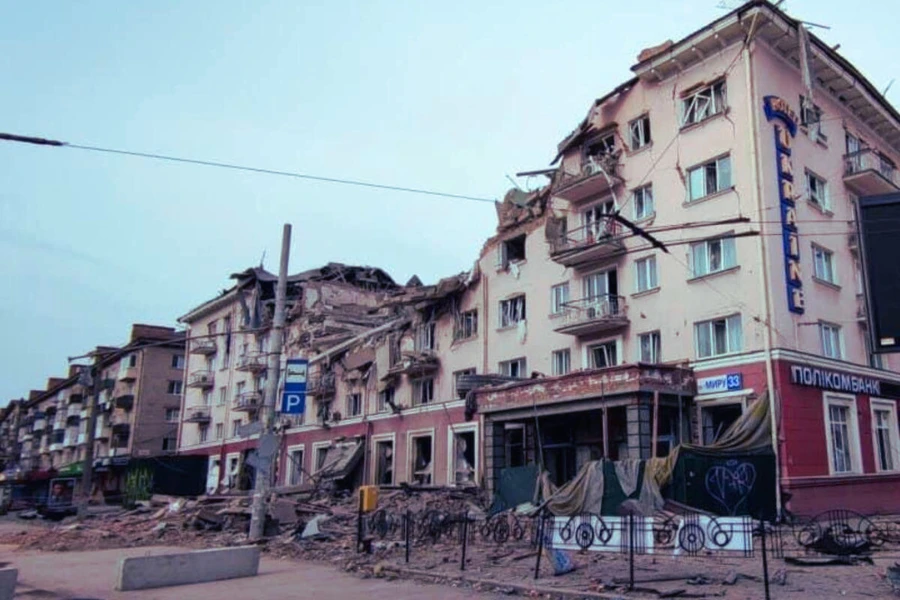
“Many of our professionals now work across Europe, gaining invaluable experience. When they return, they will bring back new knowledge and innovations,” says the airport head, adding that this will strengthen the competitiveness of Ukrainian aviation.
Preserved personnel and infrastructure are the key to a rapid rebirth of the industry in the future.
The experience of Denys Kostrzhevskyi and others shows: to survive in wartime means to preserve one’s team, knowledge, and resources. Ukrainian enterprises that endured have become the foundation of post-war recovery. They fled missiles—but not Ukraine. They continued to pay taxes, saved jobs, and kept believing in return. This human and strategic feat of business is already bringing Ukraine closer to economic revival, laying the groundwork for victory and lasting peace.

